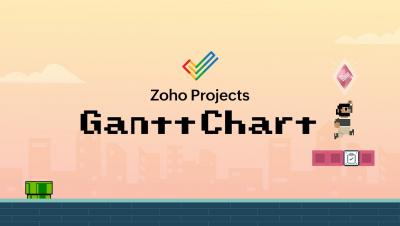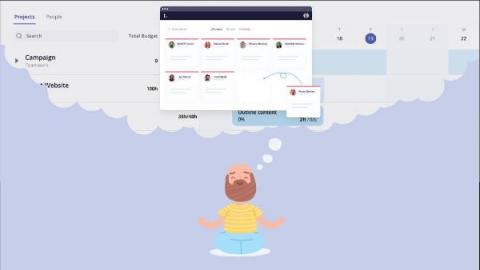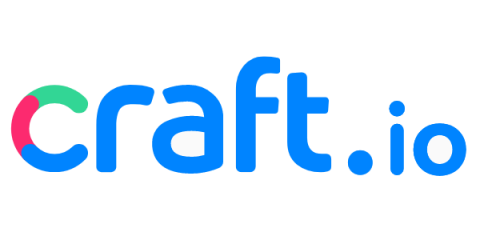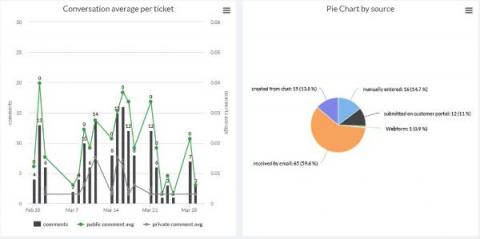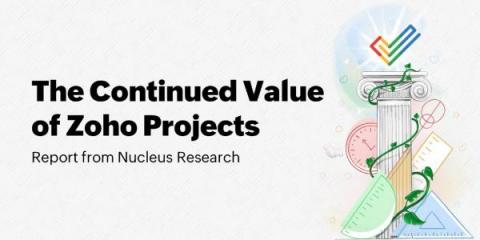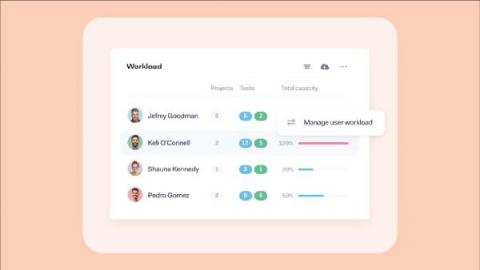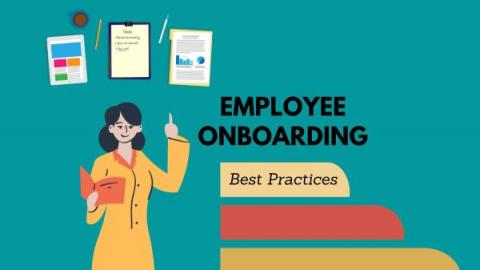Teams | Collaboration | Customer Service | Project Management
Project Management
The latest News and Information on Project Management, Methodologies, Productivity and Tools.
How to utilize SMART goals for better project management
As a project manager or leader, helping your teams achieve better results and work more efficiently is key. A good set of goals is one of the best tools for motivating teams and keeping them on track. And crafting goals end up being a significant part of project management. A good project management plan will include some high-level goals for the project, and every level deeper into project execution typically contains its own more specific goals. The only problem? Writing good goals is hard.
What all successful client services CEOs have in common
Becoming a successful CEO at a client services company doesn't just happen overnight. It can be easy to overlook the hard work, failure, and sometimes even loneliness that comes with the territory. You might assume people in these positions are simply naturals who were born to take on these types of high-pressure roles. But in reality, it can be a tough hill to climb. So what is it that all client services CEOs have in common that helps them reach that next level of success?
How to use OKRs and KPIs to optimize product development
Goal setting is critical for effective product development and management. Through setting goals you can establish a clear direction and
Example KPI Dashboards
KPIs or Key Performance Indicators, are measurements that determine how well your organization is meeting its goals and objectives. KPIs are crucial to making data-driven decisions for your business. KPI dashboards provide a single screen of useful charts and graphs to easily measure your progress and performance. As such, when determining what KPI charts to use, consider your industry focus, project planning methodology, and business goals.
The continued value of Zoho Projects: report from Nucleus Research
Software that adapts to changing business requirements will always stay relevant. A great project management tool helps teams stay organized and complete work on time. It optimizes processes that are otherwise inefficient so that team members can stay productive. With remote work, project management tools have become essential to maintaining open communication with stakeholders.
10 Ways To Conduct Virtual Meetings
It’s 10 am and you’re sitting in front of your computer, waiting to be let inside the virtual meeting room. It’s the first meeting for the day but you’ve probably lost the count of the number of “circling backs”, “follow-up emails”, and calls you made before this one. As you sip that morning coffee in a hurry and wait for this meeting to begin, you probably know how many more virtual meetings will sprout from this one! Does this sound like you?
Workload management: 10 ways to increase your team's efficiency
Building a truly great project schedule from the ground up is exceptionally difficult. Just ask anyone leading a project and usually, workload management makes the top of the list for hard things to do efficiently. We get it. Workloads change a the drop of a hat. And keeping everyone on pace toward completion can feel like an impossible task. For example, do any of these project situations sound familiar?
Employee Onboarding Best Practices: The Ultimate Guide
Employee onboarding is the process of integrating new employees into an organization. In spite of how sometimes onboarding can be a long and daunting process, with the right employee onboarding best practices and strategies in place, it can be a smooth and effective experience for both the employee and the company! A high employee turnover rate, or the rate at which employees leave a company is a demanding issue to address.


